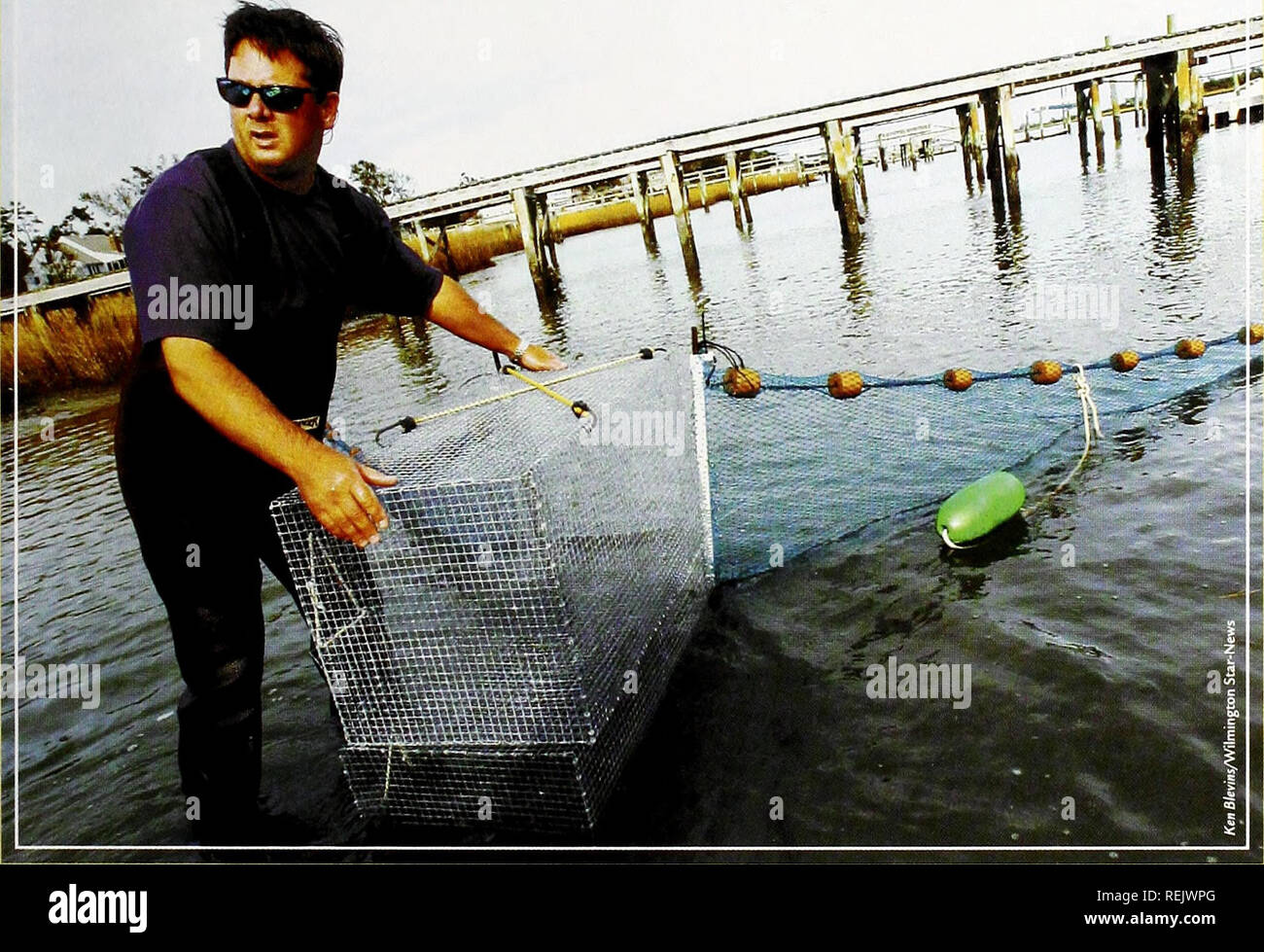. Coast watch. Marine resources; Oceanography; Coastal zone management; Coastal ecology. the shrimp harvested from North Carolina waters, according to the N.C. Division of Marine Fisheries (DMF). Trawl boats operate by pulling nets through the water, scooping up shrimp and other nontarget species, called bycatch, as they pass. The bycatch is usually thrown back overboard — much of it dead or dying from the ordeal of being caught in the net. Elaine Logothetis, a researcher studying bycatch ratios through another ERG project, estimates that for the inshore trawl fishery in Onslow County, an aver

Image details
Contributor:
The Book Worm / Alamy Stock PhotoImage ID:
REJWPGFile size:
7.1 MB (531.4 KB Compressed download)Releases:
Model - no | Property - noDo I need a release?Dimensions:
1911 x 1307 px | 32.4 x 22.1 cm | 12.7 x 8.7 inches | 150dpiMore information:
This image is a public domain image, which means either that copyright has expired in the image or the copyright holder has waived their copyright. Alamy charges you a fee for access to the high resolution copy of the image.
This image could have imperfections as it’s either historical or reportage.
. Coast watch. Marine resources; Oceanography; Coastal zone management; Coastal ecology. the shrimp harvested from North Carolina waters, according to the N.C. Division of Marine Fisheries (DMF). Trawl boats operate by pulling nets through the water, scooping up shrimp and other nontarget species, called bycatch, as they pass. The bycatch is usually thrown back overboard — much of it dead or dying from the ordeal of being caught in the net. Elaine Logothetis, a researcher studying bycatch ratios through another ERG project, estimates that for the inshore trawl fishery in Onslow County, an average of .75-pound of finfish are caught for every pound of shrimp.. Kenny Sessions sets his traps just before high tide to intercept the shrimp as they head toward the inlets on the incoming tide. Some trawl nets drag the bottom of the seafloor, to "tickle" shrimp up from their hiding places. While these nets work well to flush shrimp out of hiding, the gear also can disrupt structure and habitat on the ocean or sound bottom. In recent years, trawling has come under fire for habitat destruction and the high amount of bycatch associated with the gear. North Carolina shrimpers are also facing pressure from farm-raised and imported shrimp products that have flooded the seafood market, often sold at lower prices than native wild shrimp. With gas prices rising in recent years and shrimp prices falling, many shrimpers find it hard to cover their operating costs. Most target a different fishery or find work in other industries. A Different Design Shrimp naturally move through the inlets to spawn offshore. Usually, they move at night when the tide is rising, so they "walk against the tide, " explains Teresa Thorpe, a research biologist at the University of North Carolina at Wilmington Center for Marine Science. Thorpe is working with Sessions on his FRG project. Sessions uses the natural movements of shrimp to his advantage — he simply places his traps to intercep